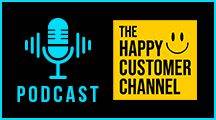When it comes to navigating the retail industry, terms like Consumer Packaged Goods (CPG) and Fast-Moving Consumer Goods (FMCG) are often used. While they are closely related, understanding their differences can help businesses fine-tune their strategies and better serve customers. This guide will help you grasp the nuances of CPG and FMCG, their industries, and their shared traits.
What is the CPG Industry?
The Consumer Packaged Goods (CPG) industry includes products that consumers use frequently and replenish periodically. These items cater to routine needs but aren’t necessarily consumed daily.
Types of CPG Products
CPG products span across a wide range of categories, including:
- Beauty Products: Items like makeup, skin creams, and hair styling products that people use regularly but replace less often.
- Specialty Foods: Processed foods like baking supplies and snacks that aren’t part of daily meals.
- Beverages: Premium sodas and specialty coffee drinks that aren’t consumed every day.
- Health Products: Supplements and wellness items that support specific health goals.
The CPG market thrives on innovation and branding, making customer loyalty and shelf placement critical for success.
What is the FMCG Industry?
The Fast-Moving Consumer Goods (FMCG) industry focuses on products that are used daily and require frequent replenishment. These goods typically have a lower price point and shorter shelf life, driving high turnover rates.
Types of FMCG Products
Here are some common examples of FMCG products:
- Daily Beverages: Bottled water, coffee, and juice that are consumed regularly.
- Food Items: Breakfast cereals, frozen meals, pasta, and snacks that form part of everyday meals.
- Personal Care Items: Shampoo, deodorant, toothpaste, and soap that are essential for daily hygiene.
- Health Products: Over-the-counter medications and daily vitamins used routinely.
The FMCG industry’s high demand and rapid sales cycles require businesses to be agile in production and inventory management.
What is the Main Difference Between These Two Common Supply Chains?
The primary distinction between CPG and FMCG lies in their sales velocity. FMCG products move off shelves much faster than CPG items because they cater to immediate, daily needs. In contrast, CPG products, while still fast-moving, are replenished less frequently and may cater to more occasional use.
For example, a customer might buy coffee and toilet paper weekly (FMCG) but replace their moisturizer or specialty snacks monthly (CPG). Recognizing this difference helps businesses make better decisions about production, inventory, and marketing strategies.
How Are They Similar?
Despite their differences, CPG and FMCG share many traits:
Consumer-Focused
- Frequent purchases to meet ongoing needs.
- Low prices to encourage regular buying.
- Easy purchasing decisions with minimal effort required.
Retail-Focused
- High inventory turnover, requiring efficient supply chain management.
- Wide distribution networks to meet consumer demand.
- Short shelf life, especially for perishable products, necessitating quick restocking.
Both industries thrive on understanding consumer behavior and aligning production to meet their needs effectively.
How to Use Retail Data for CPG and FMCG
Retail data analytics is a powerful tool for both CPG and FMCG companies. Here’s how:
- Identify Top-Selling Products: Knowing which items sell fastest helps prioritize production and prevent stockouts.
- Optimize Inventory: Avoid overproducing slow-moving products while ensuring shelves stay stocked with in-demand goods.
- Consumer Insights: Virtual store testing and simulations provide valuable feedback on customer preferences and shopping behavior.
Using platforms like InContext’s 3D simulations allows businesses to plan shelf arrangements and forecast demand with precision, ensuring better alignment with consumer needs.
What Are the Most Important CPG and FMCG Trends?
Staying ahead of industry trends is vital for success. Here are some key developments shaping CPG and FMCG:
Online Shopping
Consumers increasingly prefer the convenience of online shopping. Grocery stores and retailers offer click-and-collect services, allowing buyers to shop from home and pick up their items without waiting in line. CPG brands must optimize their digital presence to capture this growing market.
Product Transparency
Modern consumers are highly conscious of what they consume. They value clear ingredient lists, sustainable sourcing, and eco-friendly packaging. CPG companies that prioritize transparency and sustainability see increased customer loyalty.
FAQs Related to This Topic
What is the primary difference between CPG and FMCG?
The main difference is the speed at which products are sold. FMCG products are used daily and move off shelves faster, while CPG products are used less frequently and have slightly longer sales cycles.
Are CPG and FMCG interchangeable terms?
Although they are often used interchangeably, FMCG is a subset of CPG, referring specifically to products with faster turnover rates.
How do businesses benefit from retail analytics in these industries?
Retail analytics helps businesses identify top-selling products, manage inventory efficiently, and align production with consumer demand to maximize profitability.
FAQs About Inktel as a Business
What services does Inktel offer?
Inktel specializes in providing comprehensive contact center solutions, including cloud-based systems, AI-driven tools, and virtual contact center services tailored to businesses of all sizes.
How can Inktel help FMCG and CPG companies?
Inktel’s solutions improve customer engagement, streamline communication channels, and provide insights through advanced analytics, helping FMCG and CPG companies better connect with their customers.
Does Inktel offer customizable solutions?
Yes, Inktel provides tailored contact center solutions to meet the specific needs of different industries, ensuring businesses achieve their unique goals.
Understanding the differences and similarities between CPG and FMCG helps businesses navigate these fast-paced industries effectively, while leveraging tools like retail analytics ensures they stay ahead of market trends.



